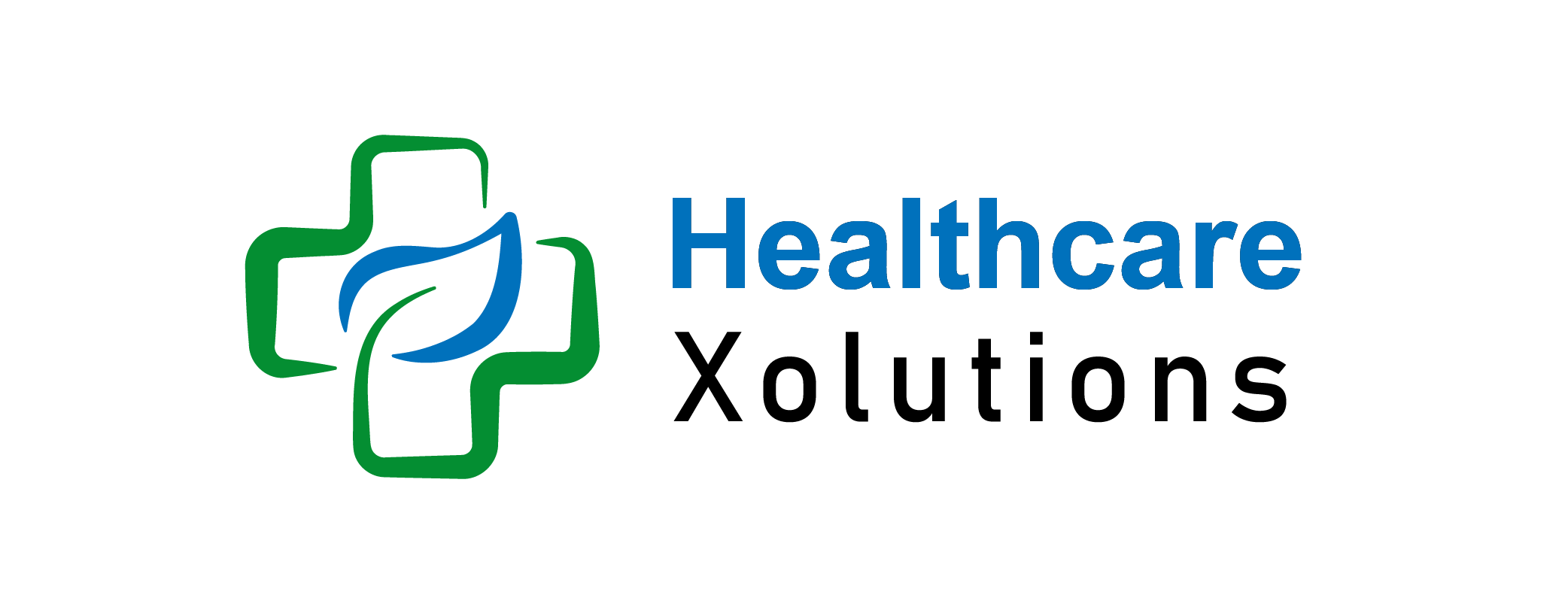How To Balance Cost and Coverage In Health Insurance?

Choosing the right health insurance plan requires balancing premiums with adequate coverage. While opting for the lowest-cost option might save money upfront, it can leave you underinsured. Conversely, comprehensive plans with high premiums may strain your budget. This guide helps you navigate how to balance cost and coverage effectively.
Key Takeaways:
- Understand personal health needs to align with coverage.
- Compare HMO, PPO, HDHP, and other plan types.
- Focus on total healthcare costs, not just premiums.
- Use preventive care to minimize future expenses.
- Review and adjust plans annually based on health changes.
Table of Contents
What Is Health Insurance?
Health insurance is financial coverage for medical expenses, including doctor visits, hospital stays, preventive care, and prescription medications. Policies often include:
- Premiums: Monthly payments.
- Deductibles: Amount you pay before coverage starts.
- Copayments: Fixed costs per service.
- Coinsurance: A percentage of costs you share.
How To Balance Cost and Coverage In Health Insurance: Complete Guide
1. Assess Your Health Needs:
Evaluate personal health factors such as medical history, chronic conditions, or required treatments.
- Healthy individuals: Opt for low-cost plans with higher deductibles.
- Chronic conditions: Select comprehensive plans with lower out-of-pocket costs.
2. Compare Plan Types:
Different plans offer varying cost and flexibility levels:
- HMO (Health Maintenance Organization): Affordable, restricted to in-network providers, and requires referrals.
- PPO (Preferred Provider Organization): Flexible but with higher premiums.
- EPO (Exclusive Provider Organization): Balanced cost and coverage; only in-network providers.
- HDHP (High Deductible Health Plan): Low premiums, suitable for minimal medical needs.
3. Understand Total Costs:
Health insurance involves more than just premiums:
- Premiums: Monthly payments.
- Deductibles and Copayments: Out-of-pocket costs before full coverage applies.
Evaluate based on expected healthcare usage to avoid surprise expenses.
4. Consider Network Providers:
Check if your preferred doctors or specialists are in-network. Out-of-network care often leads to higher costs or no coverage.
5. Leverage Preventive Care:
Many plans cover preventive care, such as screenings and vaccinations, at no additional cost. Regular checkups can reduce long-term medical expenses.
6. Use Health Savings Accounts (HSAs):
HSAs are available with HDHPs, allowing pre-tax savings for medical expenses. Contributions grow tax-free, providing financial flexibility.
7. Review Your Plan Annually:
Healthcare needs change. Reassess your plan during open enrollment to ensure it meets your current health and financial situation.
Conclusion – How To Balance Cost and Coverage In Health Insurance:
Balancing cost and coverage in health insurance demands understanding your health needs, plan types, and total costs. Analyze all factors, including preventive care and network options, to choose the best plan for your situation.
FAQs:
What is the most cost-effective health insurance plan?
The most cost-effective plan depends on your needs. Healthy individuals may prefer HDHPs with low premiums, while those needing frequent care should consider plans with lower deductibles.
Should I choose an HMO or PPO plan?
HMOs are cost-effective but restrict you to network providers. PPOs offer provider flexibility at a higher cost.
How does preventive care reduce costs?
Preventive care detects health issues early, reducing the need for expensive treatments. Most plans cover these services at no additional cost.
